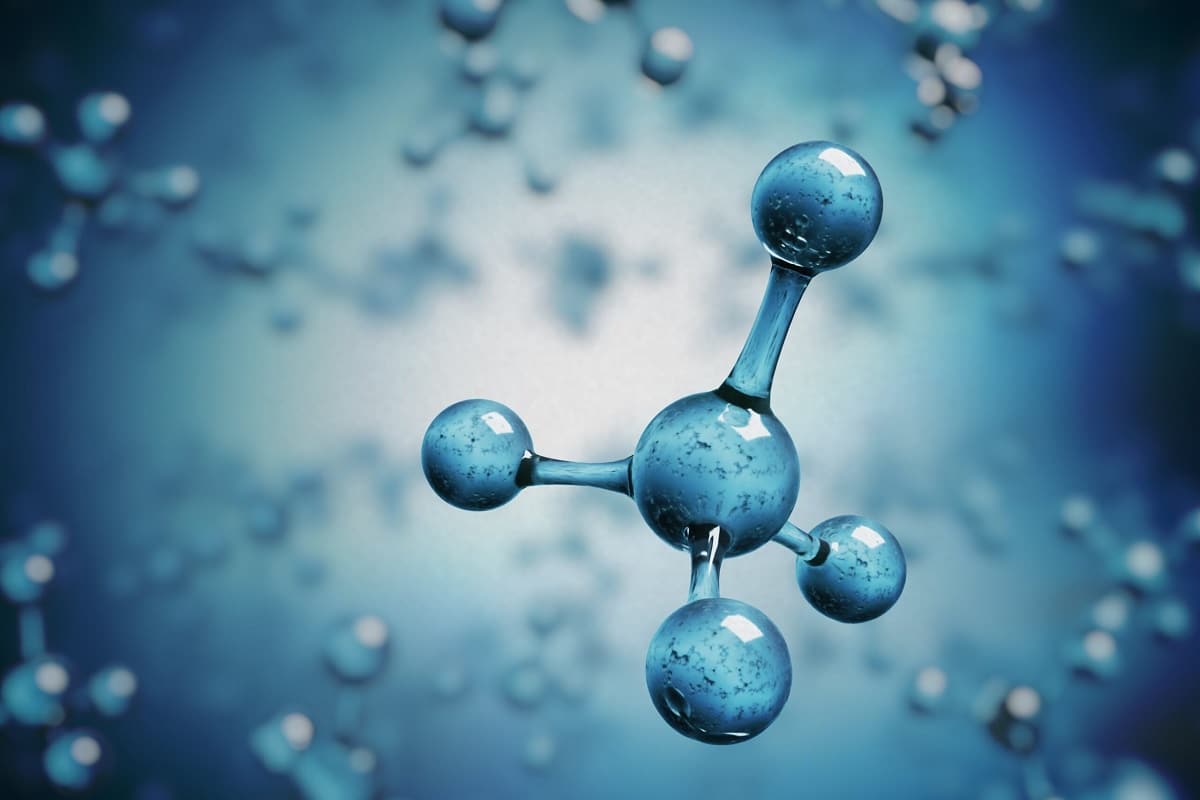
All the general properties of matter They are those that matter itself possesses intrinsically and are a set of characteristics or physical properties. Everything that exists on the planet and we can touch or perceive it has the main 4 states of aggregation, these states are solid, liquid, gaseous and plasma. Scientists have studied and continue to study the general properties of matter in order to better understand the planet and get the most out of it.
For this reason, we are going to dedicate this article to tell you about the main general properties of matter and the importance of each of them.
General properties of matter

Although it is generally made up of different chemical elements in varying proportions, matter exists as either homogeneous (its elements cannot be distinguished by the naked eye) or heterogeneous (its elements are easily perceived). And depending on its composition, its physical and chemical properties will also vary.
In this sense, we can talk about different types of properties of matter:
- External or general attributes. They are characteristics shared by all matter, regardless of its composition, shape, manifestation or constituent elements. General properties do not allow one substance to be distinguished from another. Some extrinsic properties are mass, volume, weight, and temperature.
- intrinsic or specific properties. These are the ones that characterize each substance. These properties can be physical (properties that a substance possesses without changing its properties, such as boiling point or density) or chemical (properties that the composition of a substance changes, such as oxidation).
Characteristics of the general properties of matter

So, the general properties of matter are:
Extension
Two atoms can never occupy the same space at the same time, so objects occupy a certain space, with a recognizable beginning and end. This property is called expansion: the size of a substance, the amount of space it occupies. This space or volume is represented by its length, width or depth and height.
The extension is measured in units of distance, surface or volume, depending on the object of study. In the International System, these units are the meter (m), the square meter (m2) and the cubic meter (m3).
Mass
The mass of objects is the amount of matter gathered in them, that is, the amount of matter that constitutes them. Mass is determined by the inertia they exhibit or the acceleration exhibited by the forces acting on them, and is measured in international systems using units of mass such as grams (g) or kilograms (kg).
Mass should not be confused with weight (vector size, measured in Newtons) or amount of matter (measured in moles).
Weight :
Weight is a measure of the force that gravity exerts on an object. It is measured in Newtons (N) in the International System because it is the force exerted by a planet on matter, and it is a magnitude vector with meaning and direction. The weight of an object depends solely on its mass and the strength of the gravitational field it experiences.
Elasticity
This property allows objects to return to their original shape (shape memory) after having been subjected to an external force that forces them to lose their shape (elastic deformation). It is a property that distinguishes elastic elements from brittle elements., that is, those that recover their shape after removing the external force from those that break into smaller fragments.
Inertia
Inertia is the resistance of matter to alter the dynamics of its particles in the face of external forces. When there is no external force acting on the object, the object has the property of remaining relatively static or maintaining a relative movement.
There are two types of inertia: mechanical inertia, which depends on mass, and thermal inertia, which depends on heat capacity and thermal conductivity.
Volume
Volume is a scalar quantity that reflects the amount of three-dimensional space an object occupies. It is measured in cubic meters (m3) in the international system and It is calculated by multiplying the length, width, and height of an object.
Hardness
Hardness is the resistance exerted by a substance to physical changes such as scratching, abrasion or penetration. This depends on the binding strength of its particles. Thus, hard materials tend to be impermeable and invariant, while soft materials are easily deformed.
Density
Density refers to the amount of matter present in a material and also to the distance between its particles. Therefore, it is defined as the mass divided by the volume occupied by the mass. Dense materials are impenetrable and not very porous, while thin materials can easily pass through because there are open spaces between their molecules.
The standard unit of measurement for density is weight per volume or kilogram per cubic meter (kg/m3).
More specific general properties of matter

They are the ones that affect things, they do not change their constitution. That is, matter continues to retain its original properties.
Solubility
It is the ability of a substance to dissolve when mixed with a liquid at a specific temperature. A simple and clear example is when we add and remove powdered chocolate in a glass of milk to get a more homogeneous drink.
Boiling and freezing point
The change between the liquid and gaseous states occurs when the vapor pressure temperature of the liquid is equal to the atmospheric pressure at that location.
When a liquid freezes due to a decrease in energy. It is the temperature at which the vapor pressures of liquid and solid are equal or in dynamic equilibrium.
electrical and thermal conductivity
It is called the resistive capacity of matter to give way to electricity. The best electrical conductors are metals because they offer little resistance to the movement of charges.
Thermal conductivity is similar to the previous point, but it has to do with heat. It is called the ability of a substance to resist heat. Some materials heat up quickly and transfer heat to other objects. Materials that conduct electricity well usually also conduct heat, but we could also mention wood, paper, cork, etc.
I hope that with this information you can learn more about the general properties of matter and its characteristics.